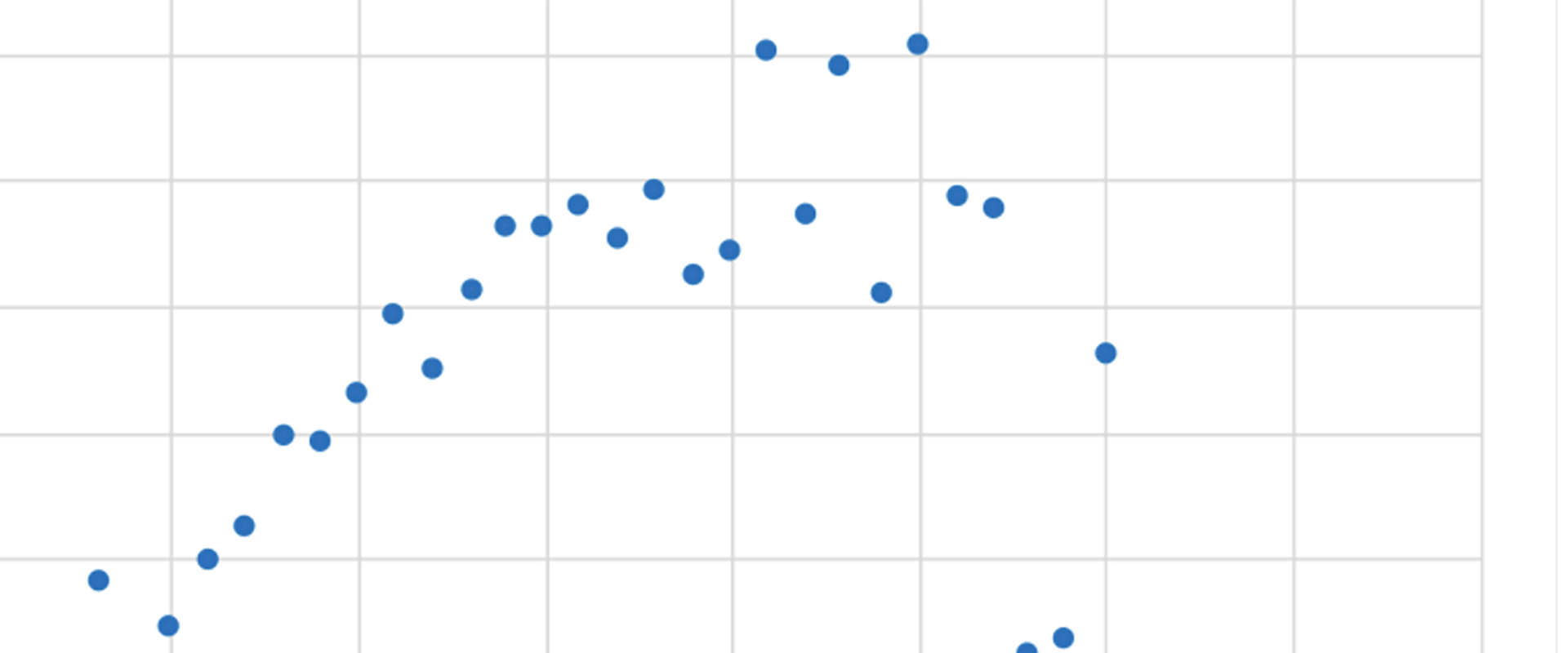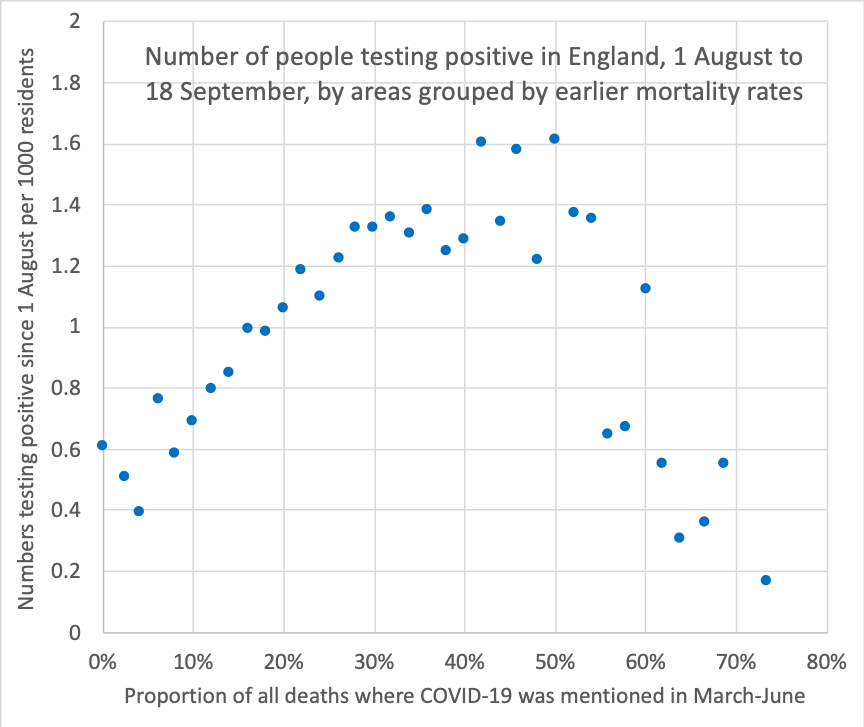Past pandemics, fear, dread and hope

In 1890, when he was still at school in Harrow, Winston Churchill wrote a poem entitled “The Influenza”. The outbreak he was describing may not have been of influenza. Several suggestions have been put forward to suggest that this was the advent in 1889 of the beta coronavirus now labelled OC43. Whether that is true or not, it was not a very good poem, perhaps because Winston was only aged 15 at the time he wrote it:
The rich, the poor, the high, the low
Alike the various symptoms know
Alike before it droop.
Winston, from a wealthy family, was especially concerned that the rich and the ‘high’ were suffering too. But he was also reflecting the widespread panic around him at the time, and the fact that there had been no similar pandemic for 42 years. When it has been that long (as you reading this may well know) it feels as if it has never happened before.
The population in 1890 was much younger than today. Nethertheless, 146 people died per million from the disease that year, 544 per million in 1891 and 531 per million in 1892. In total around twice the mortality rate suffered in 2020. Diseases spread through a population more quickly today, we have more treatments and possibly even a vaccine soon, so it is possible that there will be few deaths in 2021 and 2022 and that the overall mortality rate of 1890-1893 will remain roughly twice that of 2020.
In 2005 when writing about the 1889-93 pandemic Mark Honigsbaum suggested that: “the rapid progress of the influenza across Europe and the morbidity of leading politicians and other members of the British establishment occasioned widespread ‘dread’ and in some cases panic. This dread of influenza was fuelled by the high mortality rate in northern towns such as Sheffield, as well as by the disease’s association with pneumonia, neurasthenia, psychosis and suicide. However, the key factor was the growth of mass circulation newspapers and the way that the influenza drew on fin de siècle cultural anxieties about urbanisation and the increasing speed of modern life.” This may sound very similar to some, the new technology of the local newspaper was as new then as social media is for us today. And, just as with COVD-19, men succumbed a little more often than women, especially older men, and even the Conservative Prime Minister, Lord Salisbury fell very ill from the disease.
Twenty-eight years later what was undoubtably influenza struck in 1918-1919. It was far worse than anything before in living memory (or since). As the writer Anthony Burgess explained when writing about his very early childhood: ‘In early 1919 my father, not yet demobilized, came on one of his regular, probably irregular, furloughs to Carisbrook Street to find both my mother and sister dead. The Spanish Influenza pandemic had struck Harpurhey. There was no doubt of the existence of a God: only the supreme being could contrive so brilliant an afterpiece to four years of unprecedented suffering and devastation. I apparently, was chuckling in my cot while my mother and sister lay dead on a bed in the same room.’ Anthony was born on 25 February 1917.
Thirty-years year on, in 1957 a new variant of influenza struck again, as deadly as COVID-19, and then again just a dozen years later in 1968/69; and then nothing that was as abrupt for almost 50 years (although there were slower new killers such as AIDS). Hundreds of thousands saw their lives cut short in the 1980s and 2010s due to austerity in those years, but spread over several years, rather than 40,000 dying in just a couple of months or so in 2020.
COVID-19 is the latest in a long string of pandemics to have swept the world. This current one may now be drawing to an end in Europe. It is far too early to know for sure, but today we have surveillance, knowledge and science as never before. However, we also have a recurrence of the dread seen in 1890 and we do not have the fortitude (or resignation) of previous times.
I’ll end this short note with a graph that two colleagues and myself published on October 1st 2020 as it gave us a little hope. You can find a detailed explanation of it in the article pointed to in the final note given below. For now, it might just help to know that in England in the days between 1 August and 18 September 2020, the number of cases of the disease did not rise in those places which had suffered worst earlier in the year. This is how outbreaks of diseases such as this begin to end. As yet this curtailing has only been observed in very few parts of England, mostly in London, but at least it has now – finally – begun to be observed.

First published in: Dorling, D., Brookes, A. and Davey Smith, G. (2020) Why are coronavirus rates rising in some areas of England and not others? The Conversation, October 1st
Notes
On the fourth coronavirus and the possibility that is was source of the 1889 epdeimic see: Vijgen, Leen; Keyaerts, Els; Moës, Elien; Thoelen, Inge; Wollants, Elke; Lemey, Philippe; Vandamme, Anne-Mieke; Van Ranst, Marc (2005). “Complete Genomic Sequence of Human Coronavirus OC43: Molecular Clock Analysis Suggests a Relatively Recent Zoonotic Coronavirus Transmission Event”. Journal of Virology. 79 (3): 1595–1604. doi:10.1128/JVI.79.3.1595-1604.2005. PMC 544107. PMID 15650185; and Knudsen, Jeppe Kyhne (13 August 2020). “Overraskende opdagelse: Coronavirus har tidligere lagt verden ned” [Surprising discovery: Coronavirus has previously brought down the world]. DR (in Danish). Retrieved 13 August 2020: ‘A presumed influenza pandemic in 1889 was actually caused by coronavirus, Danish research show.’
On Winston Churchill’s poem see Mark Honigsbaum (2010) The Great Dread: Cultural and Psychological Impacts and Responses to the ‘Russian’ Influenza in the United Kingdom, 1889–1893, Social History of Medicine, Volume 23, Issue 2, August 2010, Pages 299–319, https://doi.org/10.1093/shm/hkq011, Published: 09 June 2010.
On Antony Burgess’ memories of what his father had said to him, see: Alice Reid (2005) The Effects of the 1918–1919 Influenza Pandemic on Infant and Child Health in Derbyshire, Medical History, 49(1): 29–54.
Dorling, D., Brookes, A. and Davey Smith, G. (2020) Why are coronavirus rates rising in some areas of England and not others? The Conversation, October 1st, https://theconversation.com/why-are-coronavirus-rates-rising-in-some-areas-of-england-and-not-others-147160
For a PDF of this article and its original publication details click here.